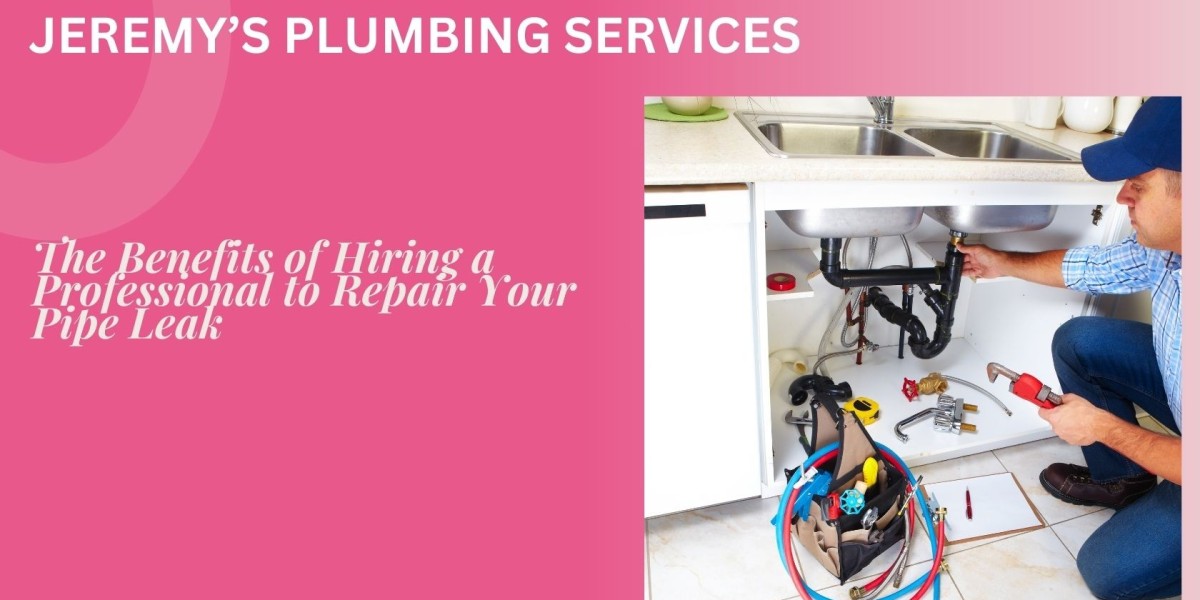Introduction
Pipe leaks can cause significant damage to your home or business if not addressed promptly. Whether it’s a slow drip or a burst pipe, repairing leaks is crucial for maintaining the integrity of your plumbing system. In this blog, we’ll walk you through the essential steps for effective Pipe Leak Repair, ensuring you can tackle the issue quickly and prevent further damage.
Understanding the Impact of Pipe Leaks
- Water Damage: Leaking pipes can lead to water damage on walls, floors, and ceilings, resulting in costly repairs and potential mold growth.
- Increased Utility Bills: Even small leaks can lead to higher water bills, as the constant flow of water adds up over time.
- Structural Damage: Prolonged leaks can weaken the structural integrity of your property, leading to more serious issues and repair costs.
Steps for Effective Pipe Leak Repair
- Identify the Source of the Leak
- Visual Inspection: Check for visible signs of leaks such as water stains, damp spots, or puddles around pipes.
- Listen for Drips: Pay attention to any unusual dripping sounds, especially in walls or ceilings.
- Use a Moisture Meter: For hidden leaks, a moisture meter can help detect damp areas behind walls or under floors.
- Turn Off the Water Supply
- Locate the Shutoff Valve: Find the main water shutoff valve and turn it off to stop the flow of water. This will prevent further leakage and allow you to make the repair safely.
- Drain the Pipes: Open faucets and drain the remaining water from the pipes to reduce the mess and make the repair process easier.
- Assess the Damage
- Check the Pipe: Examine the pipe to determine the extent of the damage. Look for cracks, holes, or corrosion that might be causing the leak.
- Decide on the Repair Method: Based on the damage, decide whether a temporary fix or a more permanent repair is needed.
- Repair the Leak
- Temporary Fixes: Use pipe clamps, rubber patches, or epoxy putty as a temporary solution to control the leak until a permanent fix can be applied.
- Permanent Repairs: For a more permanent solution, you may need to replace damaged sections of the pipe. Cut out the damaged section and install a new piece of pipe using pipe fittings and connectors.
- Test the Repair
- Turn the Water Back On: Gradually turn the main water supply back on and check for any leaks around the repaired area.
- Check for Leaks: Monitor the repaired pipe to ensure that the leak has been effectively sealed and no new leaks are present.
- Reinforce and Maintain
- Inspect for Future Issues: Regularly inspect your pipes for signs of wear and tear to prevent future leaks.
- Consider Pipe Insulation: Insulating pipes can help prevent freezing and reduce the risk of leaks, especially in colder climates.
When to Call a Professional
While DIY repairs can be effective for minor leaks, some situations require professional expertise. If the leak is extensive, if you’re unsure about the repair process, or if you encounter complications, it’s best to call a licensed plumber. Professionals have the tools and experience to handle complex repairs and ensure that the job is done correctly.
Conclusion
Effective pipe leak repair is essential for maintaining the health and efficiency of your plumbing system. By following these steps and addressing leaks promptly, you can prevent water damage, reduce utility costs, and protect the structural integrity of your property. For complex or persistent issues, don’t hesitate to reach out to a professional plumber who can provide expert solutions and peace of mind.








